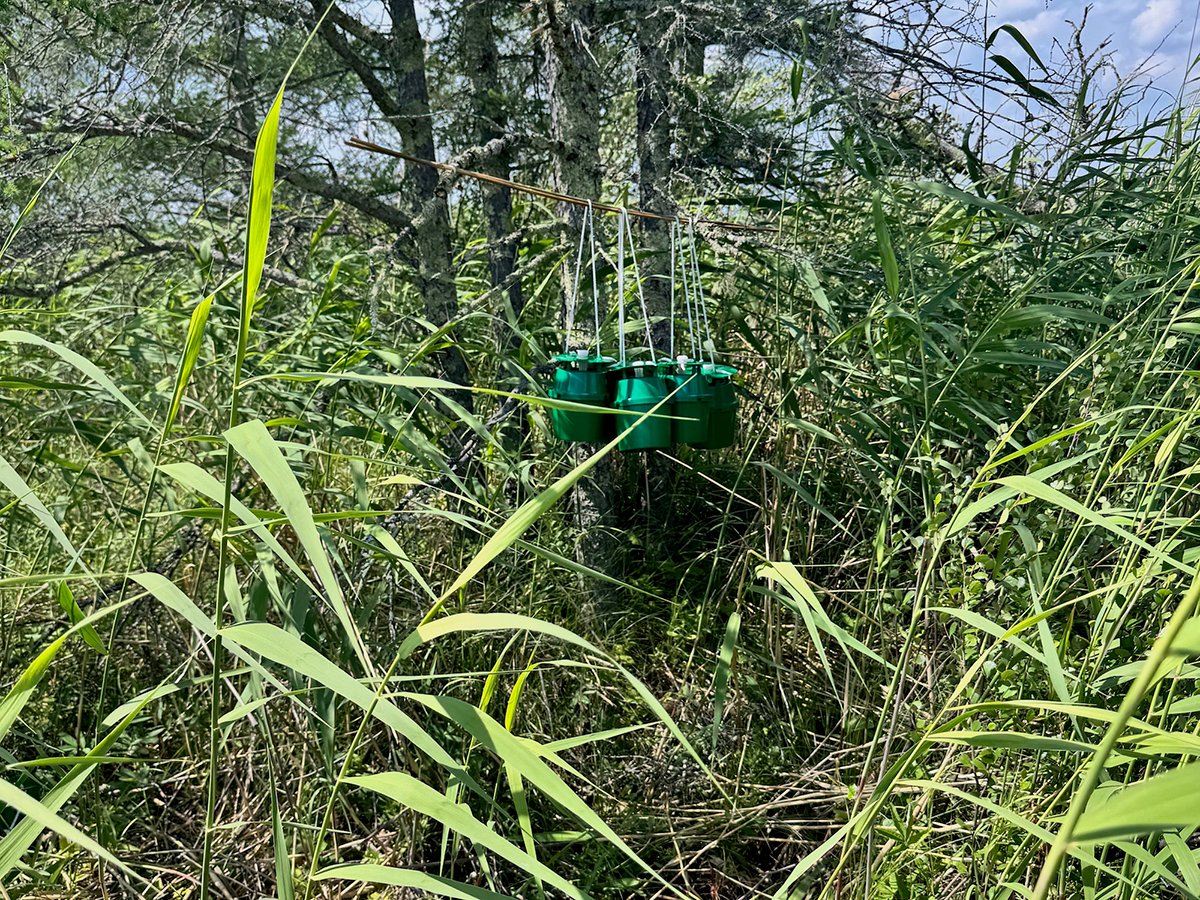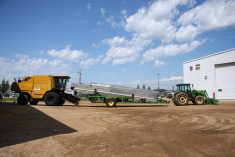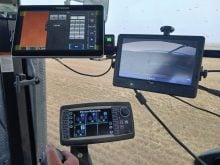CAROLINE, Alta. – A $5,000 investment could cut heating costs for the home or farm shop by more than half.
Brian Crothers of Sundog Solar in Caroline says capturing heat from the sun using a bank of dark coloured tubes is an option for those looking to cut energy costs.
“A 32 tube bank attached to a mani-fold could see a 70 percent reduction in your gas bills to feed domestic hot water. We are seeing a five to six year payback,” he said during a recent farm tour in Clearwater County.
Read Also

Worm devastates northern wild rice harvest
In the past five years, harvesters in various parts of northern Saskatchewan have been affected by wild rice worms, which destroy crop and devastate peoples’ livelihoods.
“For an average house, one bank is all you need.”
The glass tubes are similar to old- fashioned television tubes with two layers of glass that create a vacuum between them.
“The vacuum is a perfect insulator and it doesn’t matter if it is – 30 out and 200 degrees inside the tube, it won’t hurt you because the vacuum protects you,” he said.
The tubes are about a metre long and lined up in a row of up to 32 to absorb heat from the sun.
A heat condenser bulb at the top of the tube is attached to a manifold.
The bulb becomes extremely hot and transfers the heat to the manifold, where there are one inch copper pipes circulating glycol.
The heat is then transferred to a heavily insulated 79 gallon hot water tank. The water can be used for hot water or home heating.
The tubes last about five years.
“The benefits of the evacuated tubes come in the cold clear days,” Crothers said.
Because the tubes are circular, they are more forgiving in the angle of placement to capture the sun rays in summer or winter. They do not have to be mounted on the wall.
“If you are not quite perfect south, they are a lot more forgiving if they are pointed southwest,” he said.
“But if you get too far off, you are missing the bulk charge of the day.”
The tilt angle between summer and winter could vary 20 to 30 degrees.
The system can be adjusted for summer and winter heating needs.















